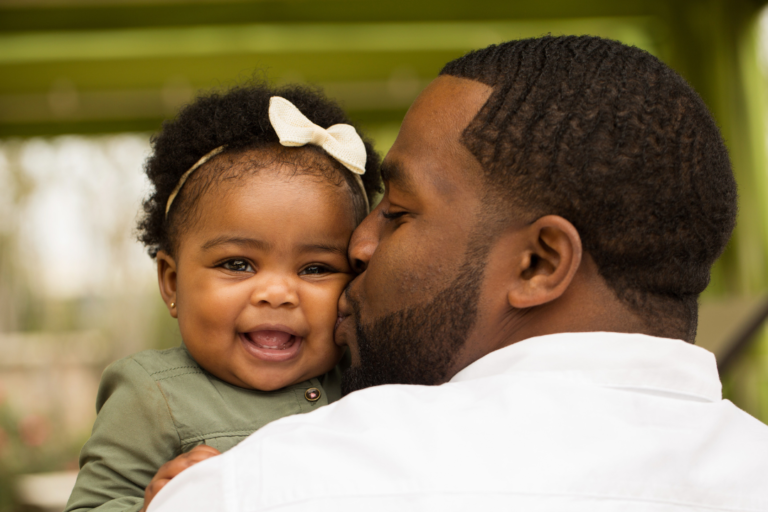Helping your baby sleep in a strange environment is sometimes easier said than done. But it happens to all of us – we go away on holiday or business or we move houses. Whatever the circumstances, we dread the disruption to our baby’s life and wonder how easily they will settle back into a good sleep pattern in a strange environment.
Factors that affect how your baby will respond to a new environment:
Firstly, how they manage change and interaction in general is a good indication of how they will cope in a new sleep space. Some babies are really laid back and go with the flow. For these easy babies, you probably don’t need to anticipate too much upheaval. Generally, by the second night they have adjusted well.
However, if your baby is a ‘slow to warm up’ or sensitive baby you may have more difficulty settling them each night.
A baby’s age also makes a difference to how they adjust. Interestingly, newborns to about 6 weeks cope quite well with change. Just as long as their feeding patterns are kept consistent and new people in the new space don’t over handle them. As your baby gets older, they may have more difficulty dealing with change.
5 Tips to help your baby sleep in a strange environment
To ease your baby into the new sleep environment and to short circuit any major sleep problems, try these tips:
1. Mimic their usual sleep space
Put your baby’s cot in the same spot in the room to where they normally sleep. For example, put the head of the cot next to a wall or away from the door if that’s how it’s positioned at home. Make sure your baby’s favourite toys are visible and take their bedding from home. Don’t forget their comfort object, like a blanky. The familiar smell of their bed or ‘doodoo’ blanky cue your baby into a state for sleep.
2. Be consistent at bedtime
Keep their bedtime routine identical to the routine you follow at home. Even though holidays are exciting times, try to keep them calm just before bed. Take them to their room and quietly look at books before putting them into their bed. Use lots of calming activities from four o’clock onwards, such as quiet walks in a sling or pouch or pram.
3. Make the room dark
Make sure you can dim the lights or darken the room – even if it means putting black refuse bags against the windows to block out the light.
4. Give them their own space
Sensitive babies, in particular, do better in their own rooms where parents getting up or turning over at night don’t disturb them. If possible, put them in their own room. If not, put their cot away from your bed in a quiet corner. From the first day have them take their day and night sleeps in their ‘new’ room.
5. Don’t rush in
If your baby wakes at night crying for you, wait to see if they will resettle. If not, comfort them by speaking quietly and giving them their security object. At most, place your hand on them to reassure them you are there.
For a flexible routine that adjusts with your baby’s sleep patterns, download Parent Sense and take the guesswork out of helping your baby sleep in a strange environment.




